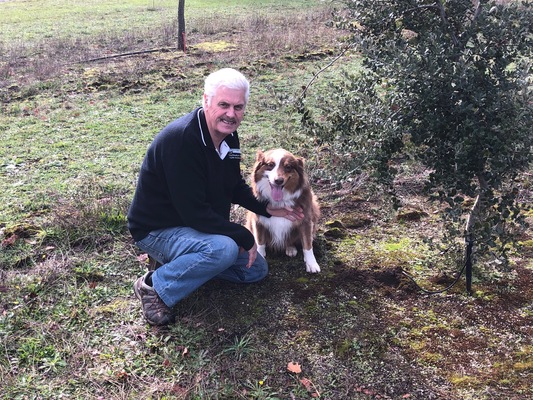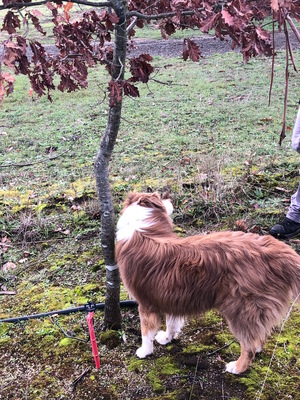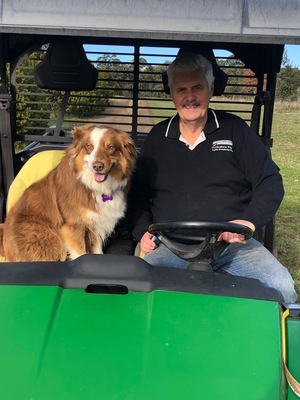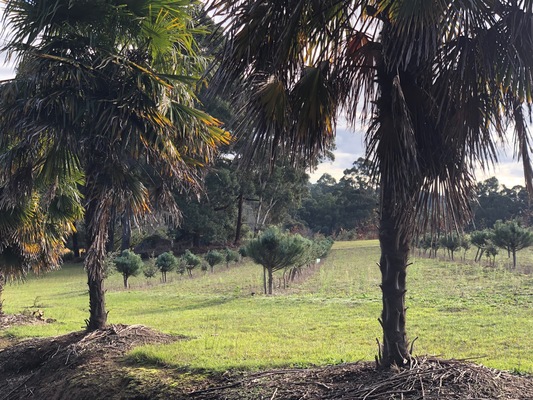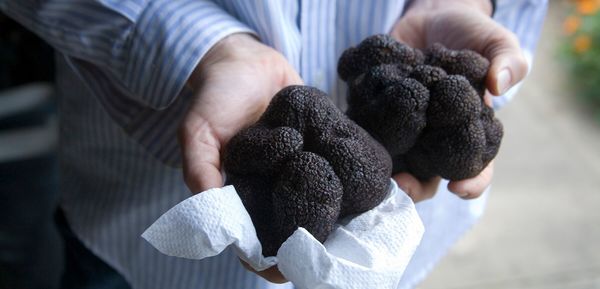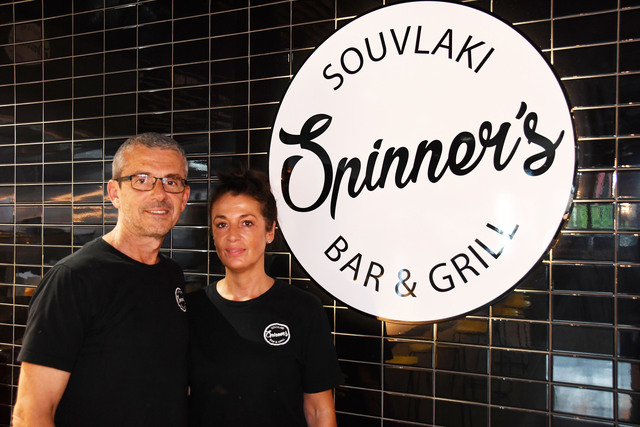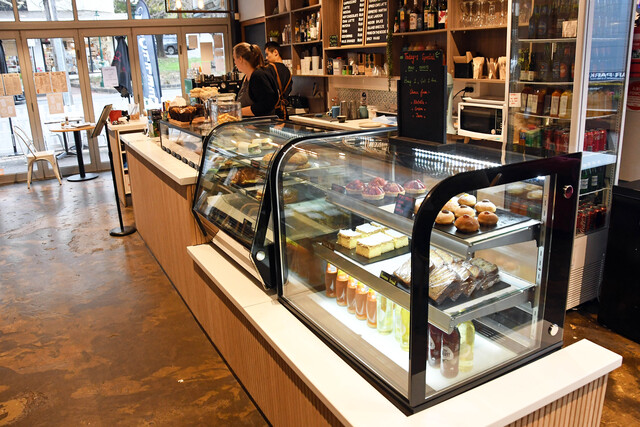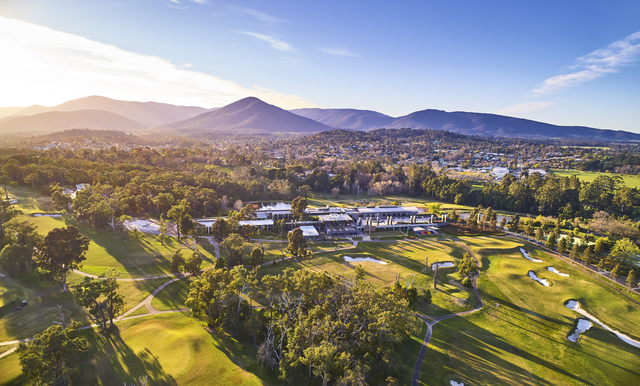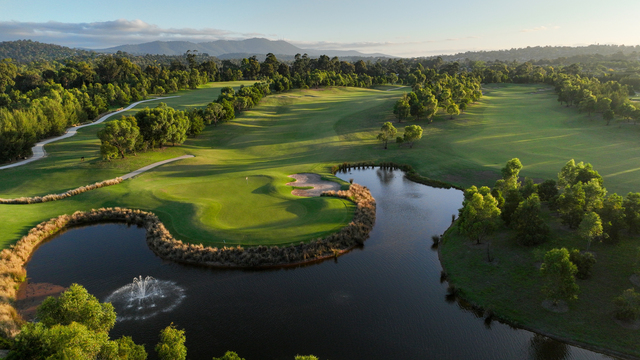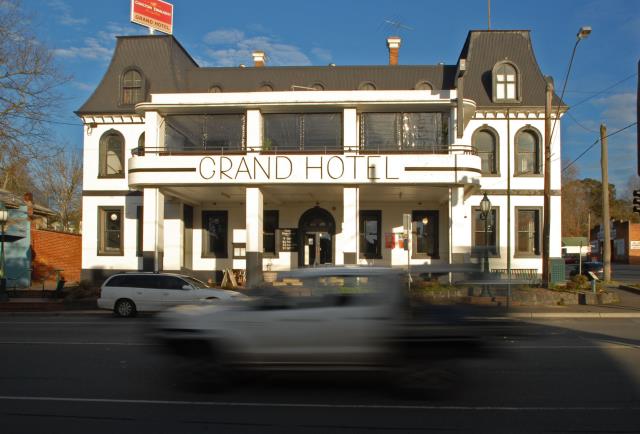Anyone and everyone who is on the truffle hunt – particularly those looking to enter into the industry as growers – would be well-served by touching base with Gembrook’s Trufficulture Nurseries.
Colin, Jan, Nathan, and Kaitlyn Carter are the family behind the business that grows and supplies trees which have been inoculated with truffle fungi, and they can provide advice on all aspects of establishing a complete truffiere of any size.
The Carters are extremely passionate about producing consistently excellent truffle-inoculated seedlings for Australian and international growers alike.
Colin, the director of Trufficulture, was educated at a horticultural college and has never really left what he describes as “the nursery game”.
After opting to give back to the industry by teaching at Swinburne, he entered into the truffle industry and it wasn’t too long before the rest of his family followed suit.
“We started doing the research and to really learn more about it I applied for an International Specialised Skills Institute (ISSI) fellowship and I was successful at that, so that took me to Europe and I was able to take my son Nathan with me,“ he said.
Nathan did a double degree at Melbourne University, followed by honours, and now even has a master’s degree in agribusiness.
He manages Trufficulture and has twice travelled to Europe on truffle study tours to further his already incredible expertise.
The truffle industry, particularly in this country, is rapidly evolving – so much so that Australia is already the fourth largest producer of truffles in the world.
“We’re creeping up on the others, too,” Colin said.
“In Australia we have old, ancient soils that are naturally low in phosphate and many regions with good draining soils are suitable for truffle production.
“All of those things have benefited us, and the industry has really improved since we introduced tree validation, formerly known as certification.
“Now when people buy trees they’ll be independently evaluated by a researcher from ANU (Australian National University) in Canberra as part of the ATGA (Australian Truffle Growers Association) program.“
Trufficulture began in Gembrook just over a decade ago, in 2008.
The Carters have been in Gembrook for more than 20 years, with the business taking up roughly a quarter of their 20-hectare property for nursery operations.
Colin said a truffle grower might only need one or two hectares to make a commercial venture, if the focused on getting it right.
“There’s a guy in Hoddles Creek who has two hectares and last year he produced 200 kilos of truffles,“ he said.
“He’ll definitely get more than 150 kilos of really good, saleable truffle.
“That’s exceptional, though.
“Most people, if they’re getting 20 kilos and have two hectares it’s good going.
“If you’re selling for export, you get around $1 a gram or maybe slightly less if it’s going to Europe.”
Truffles are the edible, fruiting bodies of a type of subterranean fungus known as mycorrhiza, which forms symbiotic relationships with a host tree – typically oak or hazelnut trees.
Much of Australia’s truffle production stems from Western Australia, which produces more than half, but the Victorian industry is a burgeoning one.
Colin estimated that commercial returns from truffles took somewhere between eight to 10 years after tree planting to occur.
Truffle gets used in a whole range of things, from butter to cheeses, eggs to oil and salami.
“Although it is expensive – $2.50 per gram – 20 grams is $50 and you’d get several meals out of that,“ Colin said.
“It’s a garnish, and it’s the aromatics of it that work so well with all sorts of foods, mainly foods with fat and dairy foods.”

